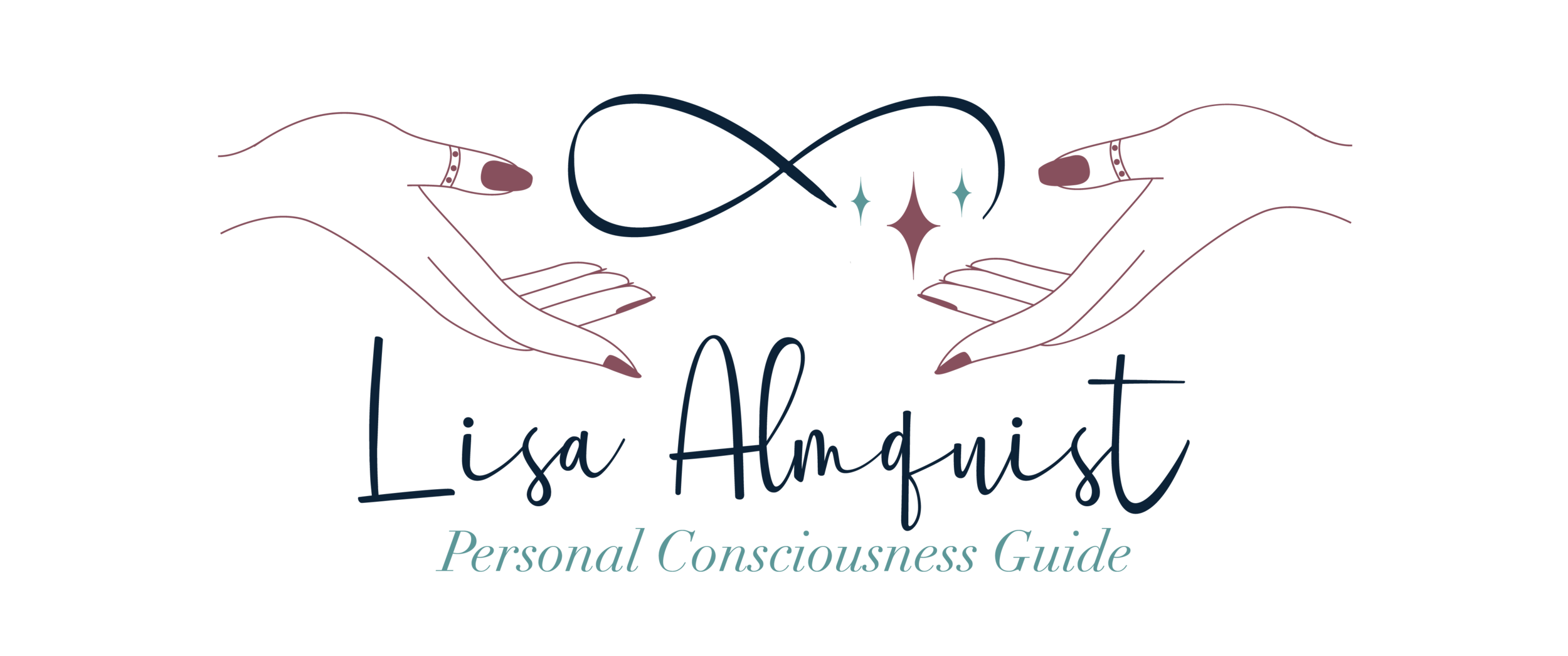The Art of Transitioning
How to navigate with intention
What is change and transition?
Transitions are moments of leaving a past that has been familiar and has served you for a future that will be different.
In times of transition, the “now” moment is the bridge between a long-standing experience and a discontiguous, unfamiliar and unpredictable future. This can be an incredibly stressful time if not navigated with intention. Stress is the enemy of mental, physical, emotional and in my humble opinion, spiritual health. The primary trigger for stress is transition. Good or bad, transitions mean extensive adjustment, a heavy load of uncertainty and some level of loss.
So, what’s the difference between change and transition? It’s subtle but important…
Change is something that happens to a person, even if they don’t agree with it or choose it.
Transition, on the other hand, is internal. It is the experience that the person has in their mind, heart and soul as they go through a change.
Change can happen quickly, whereas, transition occurs more slowly. In many cases, a life transition is defined as a period of growth. When we go through change and transitions, what we inevitably end up with is an experience of leveling up, either spiritually, mentally, emotionally or physically; sometimes all four. This is NOT saying that huge life changes that come in are happening or were set into motion for the singular purpose of helping us grow. No. However, there always is this component.
So, can we actually thrive through transitions? I believe we can. Again, keep in mind the difference between change and transition.
Guidelines for transitioning with increased ease and flow:
1. Focus on where you want to go. This is where visualization and visioning come into the picture. (No pun intended) There is a difference between them.
Visualization is “seeing” what you want. It is claiming that you see yourself with the new house, the perfect job, the wonderful life partner, etc…
Visioning transcends visualization. It is a feeling; it's something within you that you want to come forward. It is a trust and surrender that what you visualize will emerge in the vision of life you truly have. When we visualize from a place of visioning, we are bringing ourselves into the realization of our future experience and connecting to what it “feels” like. We are putting ourselves into the experience, not watching it from someplace outside of ourselves.
2. Understand that you can not have what you are not willing to become. If you are in a visioning of a life of peace, you must become peace. If you are in a visioning of a life of love, you must become love. You see the pattern?
3. Address questions as they arise. I mean right away. This is not a time for, “Yeah I’ll figure that out later." If it is in your thought process, you are aligning with it at some level. Take the time to listen to the story that you are telling yourself.
4. Celebrate and create from your strengths. In the same way that addressing fear/hate energy directly only creates more fear/hate, it is best to create answers and movement from your strength. Spend time in emotional connection, and activities that you excel in. Use those experiences to fuel your resilience through transition.
5. Look closely at your non-negotiables. You know, the things in your life that are the most important areas and relationships. Make sure that you stick to them. Do not neglect the things that fill you up; this includes self-care. Times of transition will require you to keep your cup full.
6. Keep an open mind and open heart. When you are in a state of transition it is of utmost importance to be in an open energy of the pivot. This is where you may move back and forth for a bit while you are finding your new way. This requires you to be making choices that are in the moment of now and always from compassion. Essential to this is compassion for self.
7. Spend time in the quiet. Meditate, journal, cry, laugh. Reflect on your current belief structures. Do they serve you or are they changed or transitioning as well. Checking in with the deep side of you brings great insight and clarity. Connect with your spiritual practices, especially conscious breathing, and your soulful support system.
8. Spend time grieving if needed. This is important. Look at the events that led up to the change and eventual transition. What did you learn? What were the high-points and low-points? Look for epiphanies. This is often when you finally step into moving forward into vision. You need to work through the push of pain if needed.
9. Allow extra time for rest and huge self-care. You may need more sleep. Take naps as you can. Get a massage on a regular basis to reduce stress.
10. Connect to your passion. What really lights you up? Have you always dreamed of doing something and you’ve never felt you could? Perhaps there is a space opening up for it?
11. Practice gratitude. You create the life and experience that you are in alignment with. If you are grateful, you attract more to be grateful for.
12. Check in with feelings of self-doubt, fear, anxiety (caused by uncertainty), stress (caused by an overwhelming amount of new things), sadness (caused by things like regret or reminders of the past). All of these experiences/feelings/emotions bring great gifts when you dive deeply into what they are opening you up to for healing.
13. Boundaries. Life shifts as you transition. You must relook at your boundaries and commitments. What do you need to say no to; or yes, for that matter?
“Pain pushes until vision pulls.” – Michael Beckwith.



